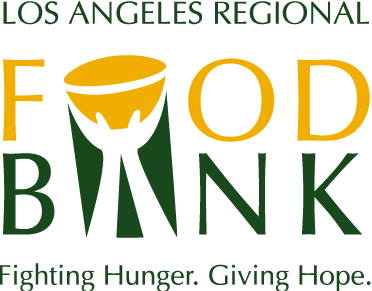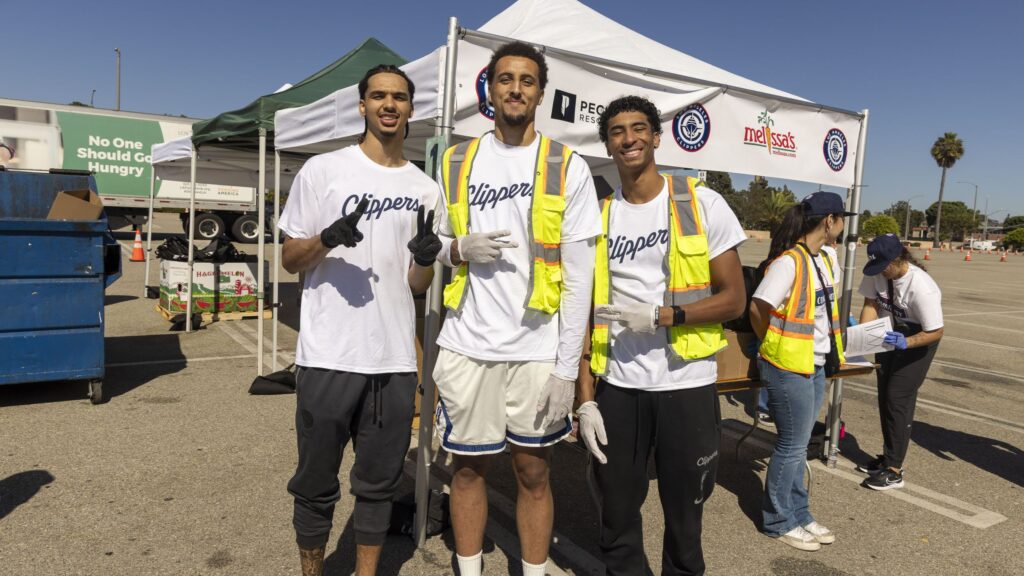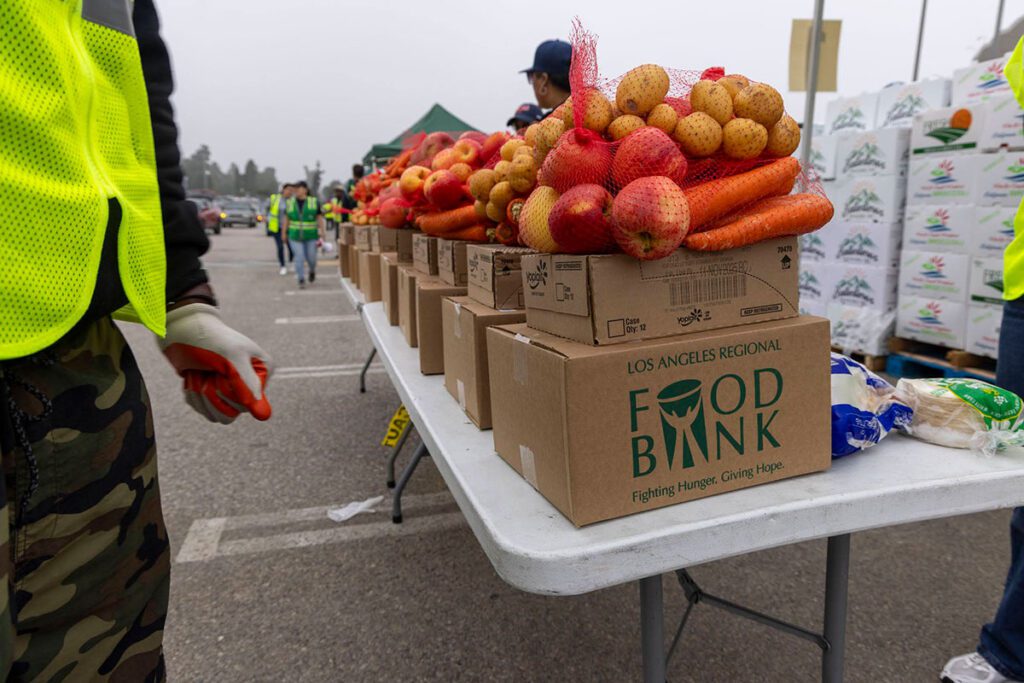Executive Summary: Recent USC Dornsife Study Reveals Food Insecurity Has Decreased, Nutrition Insecurity on the Rise
Executive Summary: Recent USC Dornsife Study Reveals Food Insecurity Has Decreased, Nutrition Insecurity on the Rise
According to the USC Dornsife study, food insecurity is down 5% compared to 2023, while nutrition insecurity rose to 29%.
In a recent study by the University of Southern California Dornsife College of Letters, Arts, and Sciences, research showed that while food insecurity in Los Angeles County decreased 5% in comparison to 2023 findings, nutrition insecurity increased to 29%. While the rate of food-insecure households dropped to 25%, compared to 30% in 2023, it is still above the national average of 14%, based on pre-pandemic levels.
What is Food Insecurity?
Food insecurity refers to the lack of consistent access to enough food for an active, healthy life. According to the USDA, food insecurity can be divided into two categories:
- Low food security: Reduced quality, variety, or desirability of diet with little or no indication of reduced food intake.
- Very low food security: Disrupted eating patterns and reduced food intake due to limited resources.
In Los Angeles County alone, around 832,000 households are affected by food insecurity. Those facing food insecurity are often forced to make difficult choices between paying for rent, utilities, or food. While the rate of food insecurity is down to 25%, low-income households are hit the hardest, with 41% of households living with food insecurity, a drastic increase from 27% pre-pandemic.
When it comes to food insecurity, it does not discriminate; it can affect individuals of all ages, races, and ethnic groups. In the same study, it was found that 31% of Blacks are impacted by food insecurity, meanwhile Hispanics lead with 32%, and 14% of Asians reported experiencing food insecurity, in comparison to the 11% of white residents.
What is Nutrition Insecurity?
Nutrition insecurity goes beyond food availability and focuses on consistent access to nutrient-dense foods that support overall health and well-being. Nutrition insecurity considers:
- The affordability of nutritious food
- The availability of fresh fruits, vegetables, and proteins
- The knowledge and resources to make healthy food choices
Unlike food insecurity, nutrition insecurity ensures that the food available supports long-term health. Many communities experience nutrition insecurity due to living in food deserts, locations with limited grocery stores, unreliable restaurants with processed foods, or economic constraints that make healthier options less accessible.
Understanding the Difference Matters
Addressing both food and nutrition insecurity is essential for tackling hunger and improving public health and overall wellness. Simply providing calories is not enough—the Los Angeles Regional Food Bank works to provide food items to help people have access to balanced, nourishing meals that prevent chronic diseases like diabetes and heart disease.
The Los Angeles Regional Food Bank is Here to Help
The Food Bank plays a vital role in addressing food and nutrition insecurity in LA County, from the Antelope Valley to Long Beach. By distributing fresh produce and nutritious food through hundreds of partner agencies throughout the County, programs, and direct distributions, the Food Bank helps ensure that those living in food deserts receive the nutritious food they need. Additionally, programs like nutrition education empower individuals with the knowledge to make healthier choices when food options are available.
To address individuals’ nutritional needs, the Food Bank ensures that our neighbors receive adequate nutritional items such as fresh fruits and vegetables, dairy products, protein items such as chicken, beef, or seafood, and shelf-stable items to help provide a well-rounded meal. About 95% of the food distributed by the Food Bank is considered nutritious.
If you would like to be a part of the fight against hunger, consider donating to the Food Bank today.





